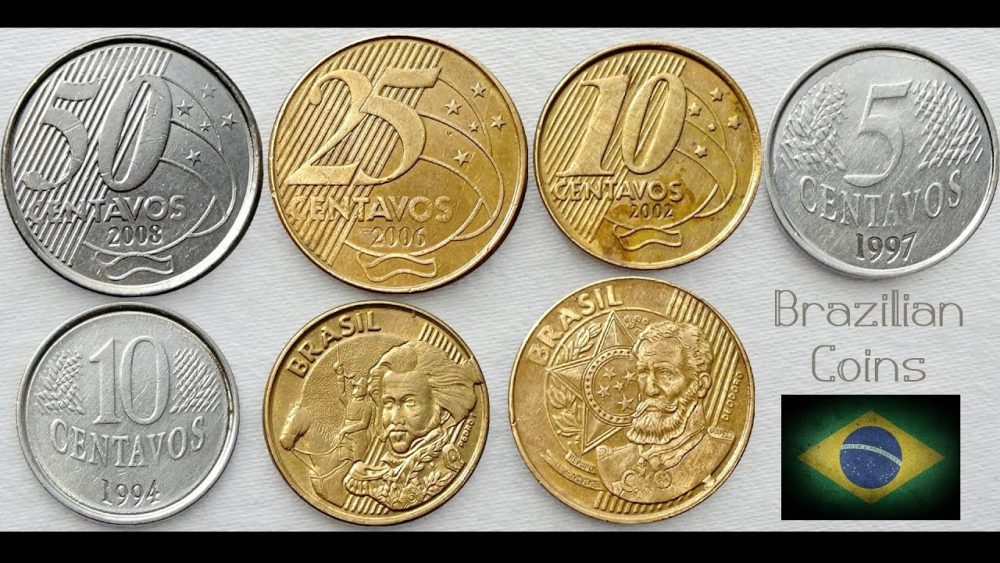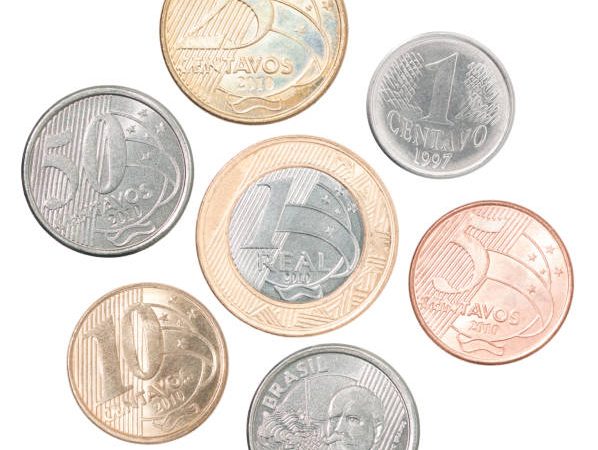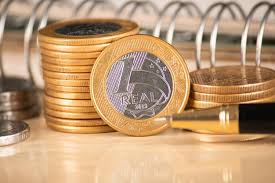If you ask the average Russian to tell you something about Brazil, you will surely hear a quote from the Soviet cinematic masterpiece “Hello, I’m your aunt.” Someone will remember Rio de Janeiro, where, according to Ostap Bender, everyone walks “in white pants”, someone will say with confidence about carnivals and football. At the same time, the history of this distant South American country and its modernity is interesting and rich, the population is more than 200 million people, in terms of area this state is in fifth place in the world, and in terms of GDP it is among the top ten. In the XIX century, after gaining independence in 1822, Brazil managed to visit even the status of an empire!
In this article, we will talk about the monetary units of Brazil, about what kind of money was in this country since the 17th century, and what official currency is used today.
Brazilian money in different periods of history
For 150 years after the start of the colonization of this country, Brazil did not have its own currency, and foreign money was used for financial transactions. For the first time, local money, florins, was minted in 1652, during the years of Holland’s ownership of part of this country. In 1690, the real became the Brazilian monetary unit, also called the “Brazilian flight”, which lasted until 1942.
After the depreciation of this currency, it was replaced by a new one – the cruzeiro, which was exchanged at the rate of 1 to 1000 in relation to the old money.
500 cruzeiro real, Brazil, 1993
Such a frequent change of monetary units was the result of catastrophic inflation, which depreciated Brazil’s money almost daily. In 1994, the economic situation was corrected, and the country’s leadership introduced a new official currency of the country into circulation, settling on the Brazilian real, which is still in circulation.
Below we will talk about what the modern currency of Brazil looks like, and what Brazilian money you can pay in this country today.
Moreover, in the hands of the Brazilians, you can still find coins of the 1st series, which were minted in 1994. Since 2003, they have been gradually withdrawn from circulation.
In the 1st series, all the above denominations were minted. They were made from stainless steel. The reverse shows the denomination, the year of issue and a ribbed ornament to the left and right of the number. On the reverse side of the quarter real there is a regular heptagon adjacent to the edges of the coin, inside which, against the background of wavy lines, there is the number “25”, written in a different font than the rest of the coins of this series.
1, 5, 10, 25 and 50 centavos, Brazil, 1994-1995
The obverse of all coins of this series contains a portrait of a young woman with a wreath of laurel leaves – an allegorical image of the Republic. Her portrait on coins of 1, 5, 10, 50 centavos and 1 real is completely embossed, to the left of it is a diagonally located ribbed ornament, under the portrait is a horizontally located name of the country. On the obverse of 25 centavos, as well as on the reverse, there is a regular heptagon. Here, only the outlines of the portrait are embossed. Under the portrait, the year of issue is indicated in a semicircle, the name of the country is located along the edge to the left. Coins of 1, 5 and 10 centavos of the first series were minted until 1997 inclusive, 25 and 50 centavos – in 1994 and 1995, 1 real coins of this series were issued only in 1994.
1 real, Brazil, 1994
Series 2, including the same denominations, entered circulation in 1998. The design of their reverses is similar: a ribbed surface in the upper left part of the coin, the denomination, the constellation “Southern Cross” in the upper right part and the year of issue indicated below the denomination. On the obverse of the change coins of this series there are portraits of famous personalities with whom the history of Brazil is connected.
On the 1 centavo coin, against the background of a sailing ship, the Portuguese navigator, who is the discoverer of Brazil, Pedro Alvares Cabral, is depicted. Currently, the minting of 1 centavo has been discontinued, and the coin, remaining a legal means of payment, is gradually withdrawing from circulation.
50 centavos, Brazil, 2009
1 and 5 centavos of the 2nd series are made of steel clad with copper, 10 and 25 of steel clad with bronze. Until 2002, 50 centavos were made from cupronickel, and since 2002 they began to be minted from stainless steel.
Coin 1 real 2nd series bimetallic. In 1998-2001 the insert was cupronickel, and the ring was made of an alpaca alloy (an alloy of copper, nickel and zinc similar to nickel silver). Since 2002, the ring has been made of bronze-plated steel, while the central part has been made of stainless steel. The center of the reverse design repeats the design of the 2nd series change coins. On the right side of the ring there is an ornament of one of the cultures that existed on the territory of Brazil before its discovery by European sailors. On the central part of the obverse there is a relief image of the female personification of the Republic, on the left side of the ring the same ornament as on the reverse, in the lower part of the ring is the name of the country.
Banknotes of modern Brazil
There are banknotes of two series in circulation: the first, the release of which was launched in 1994-2002, and the second, which began to enter circulation in 2010.
As part of the 1st series, banknotes were issued in denominations of 1, 2, 5, 10, 20, 50 and 100 reais, one-real bills were excluded from the second. At the same time, large denominations of the 2nd series were the first to enter circulation – 50 and 100 reais, and the smallest – 2 and 5 reais, only in 2013, however, only the year of the series is indicated on all banknotes – 2010. On the obverse of paper banknotes of both The series contains an allegorical portrait of the Republic, on the reverse – representatives of the fauna living in Brazil. The corresponding banknotes of the first and second series are dedicated to the same animals and decorated in similar color shades.





